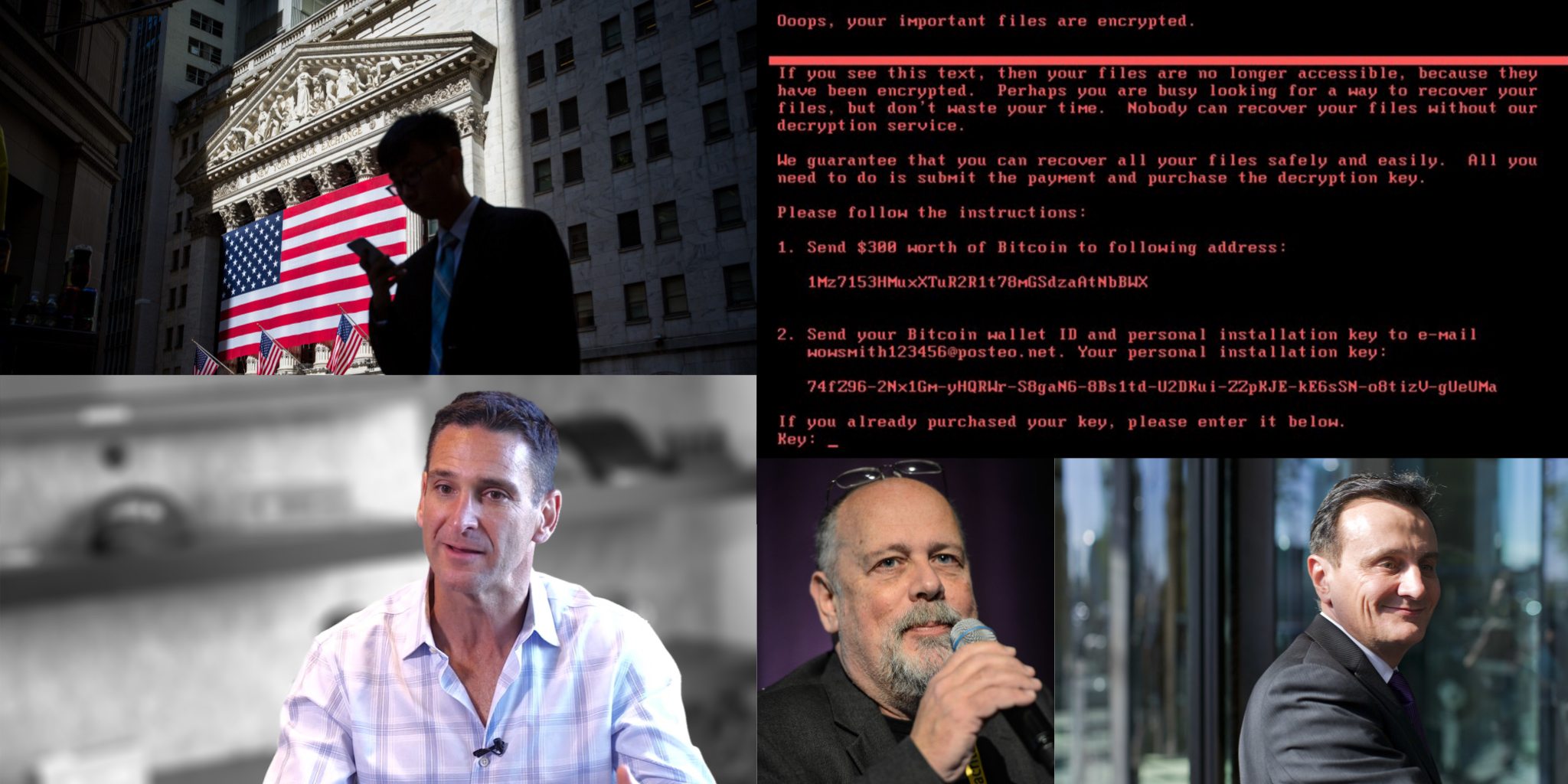
The 10 most popular stories in Endpoints News — so far in 2017
Since Arsalan Arif and I ramped up the main edition of Endpoints News 16 months ago, we’ve published more than a million words on biopharma …
Sign up to read this article for free.
Get free access to a limited number of articles, plus choose newsletters to get straight to your inbox.